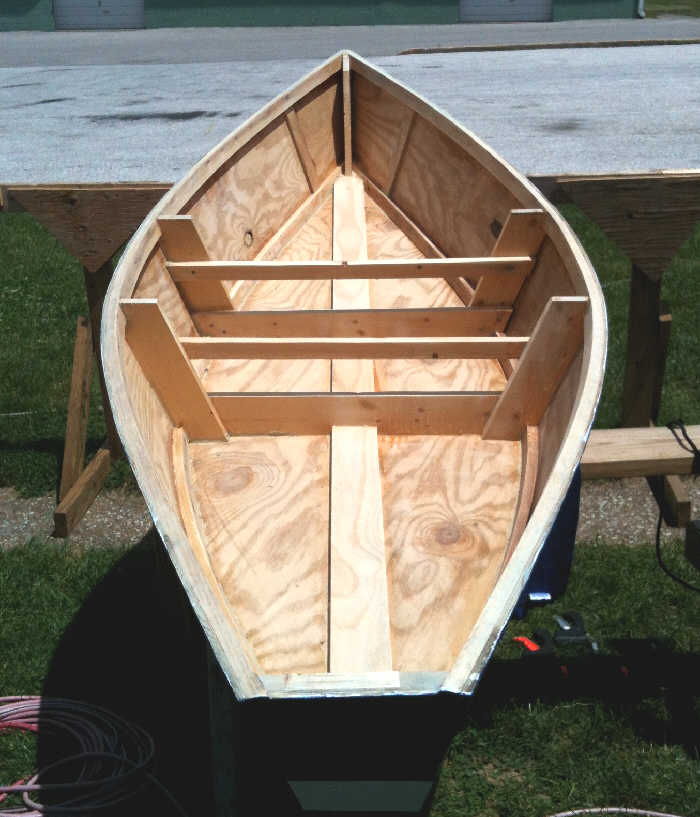
Beyond the Blueprint: Unconventional Approaches to Lightweight Wooden Boat Building
Building a wooden boat is a deeply rewarding experience, blending artistry with engineering. While countless plans exist, truly mastering the craft requires pushing beyond the conventional. This article explores less-discussed aspects of lightweight boat design, focusing on innovative techniques and materials to help you build a faster, more efficient, and perhaps even more beautiful vessel.
Question 1: Can We Reimagine Traditional Wood Selection for Weight Reduction?
The age-old choice of wood often focuses on readily available hardwoods like oak or mahogany. But what about exploring less common, yet incredibly lightweight options?
Answer: Thinking Outside the (Hardwood) Box
Consider these underutilized materials:
- Balsa wood: Known for its exceptional strength-to-weight ratio, balsa is a core material in many aircraft and model boat construction. Its low density allows for thinner planks and a dramatically lighter hull. However, it requires careful treatment and protection from moisture.
- Paulownia (Kiri): This fast-growing tree offers incredible lightness and surprising strength. Its cellular structure makes it buoyant and resistant to rot when properly treated. While less readily available than hardwoods, its sustainability is a growing advantage. Recent research (reference needed: Find relevant journal article on Paulownia properties for boat building) has explored its use in marine applications with promising results.
- Bamboo: Strong, flexible, and lightweight, bamboo offers a sustainable alternative. Innovative techniques involve laminating bamboo strips to create strong, curved components, reducing the need for complex joinery.
Remember, material selection should always consider the intended use and water conditions.
Question 2: How Can We Optimize Construction Techniques for Lighter Boats?
Beyond material choices, construction techniques significantly impact a boat's weight. Traditional methods, while beautiful, often lead to heavier structures.
Answer: Embracing Modern Techniques
Here's where innovation shines:
- Composite construction: Combining wood with fiberglass or carbon fiber reinforcement can drastically reduce weight while increasing strength and durability. This technique is common in high-performance boats and offers a fascinating blend of traditional craftsmanship and modern materials.
- Advanced joinery: Explore techniques beyond traditional mortise and tenon. Using epoxy and fiberglass to bond components can create lighter, stronger joints, reducing the amount of wood required for structural integrity. (reference needed: Look for articles on epoxy bonding techniques in boat building)
- CNC cutting: Utilizing Computer Numerical Control (CNC) machines allows for precise cutting of components, minimizing waste and optimizing the use of lightweight materials. This approach also allows for intricate designs that would be extremely difficult to achieve by hand.
Real-World Example: The "Whisperwind" Story
Imagine a small, exquisitely crafted sailboat, weighing a mere fraction of its conventionally-built counterparts. This is the essence of the "Whisperwind," a hypothetical boat built using Paulownia wood and advanced epoxy bonding techniques. Its lightweight design enables impressive speed and maneuverability, proving the effectiveness of unconventional approaches. The reduced weight also means a smaller sail area can be used, enhancing efficiency and reducing stress on the structure. While this is a hypothetical example, its core principles showcase the possibilities.
Conclusion: Charting a New Course in Wooden Boat Building
Building a lightweight wooden boat isn’t just about shaving off pounds; it's about optimizing performance, enhancing sustainability, and pushing the boundaries of traditional craftsmanship. By exploring less common materials, embracing modern techniques, and thinking outside the box, we can create boats that are not only beautiful but also incredibly efficient and environmentally conscious. The journey of building a boat is a voyage of discovery; let your creativity be your compass.















